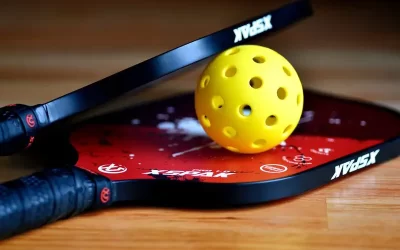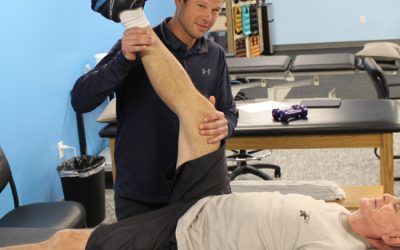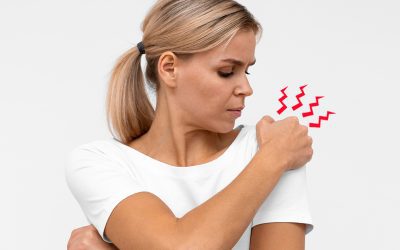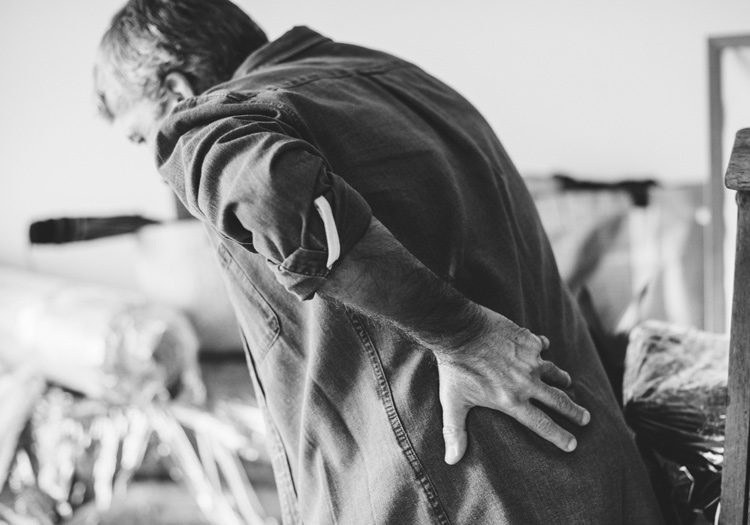
By NICOLE CARVILLE, DPT – Rye Physical Therapy South
Spinal stenosis is an extremely common diagnosis that I see patients with daily as a Physical Therapist. Some patients present with x-ray or MRI findings diagnosing “lumbar spinal stenosis” at a certain spinal level. Other patients schedule a direct access appointment – if their insurance does not require a referral – and I am able to evaluate if they present with signs and symptoms consistent with spinal stenosis.
So, what is spinal stenosis?
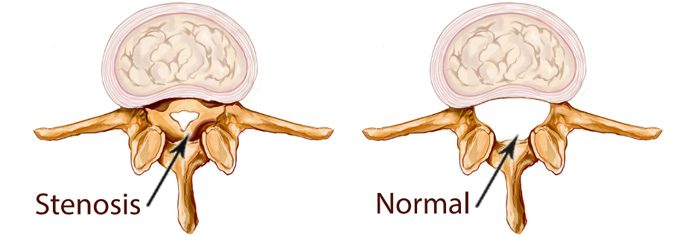 By definition, it is caused by a narrowing of space around the spinal cord and is part of the natural aging process. It is often caused by degenerative osteoarthritis of the spine and is most frequently found at L4-L5, L5-S1 and L3-L4. It can be graded as mild, moderate or severe depending on the degree of narrowing. Other risk factors for stenosis include family history and genetics. It is most commonly reported by individuals over the age of 60 years old. However, it is important to remember that an image of your spine that shows stenosis does not mean that you will have pain from stenosis. Many patients have this diagnosis and have no pain for years, and others come to physical therapy with pain and we work hard to decrease and eliminate pain as much as possible.
By definition, it is caused by a narrowing of space around the spinal cord and is part of the natural aging process. It is often caused by degenerative osteoarthritis of the spine and is most frequently found at L4-L5, L5-S1 and L3-L4. It can be graded as mild, moderate or severe depending on the degree of narrowing. Other risk factors for stenosis include family history and genetics. It is most commonly reported by individuals over the age of 60 years old. However, it is important to remember that an image of your spine that shows stenosis does not mean that you will have pain from stenosis. Many patients have this diagnosis and have no pain for years, and others come to physical therapy with pain and we work hard to decrease and eliminate pain as much as possible.
What can spinal stenosis feel like?
The severity of symptoms that people experience depends on the degree of narrowing and the location which can lead to pressure on the spinal cord and nerve roots. Majority of patients who have lumbar spinal stenosis will feel pain in their lower back. However, some patients will also experience symptoms of pain, fatigue, weakness or numbness in the legs. These symptoms in the leg can also progress into something called claudication pain where there is a significant cramping sensation. This occurs when the nerves that exit from the lumbar spine and go down the legs have a lack of blood flow or have mechanical compression. Claudication pain is often associated with change in posture where bending forward from the back decreases pain and extending the back, standing and/or walking increases pain.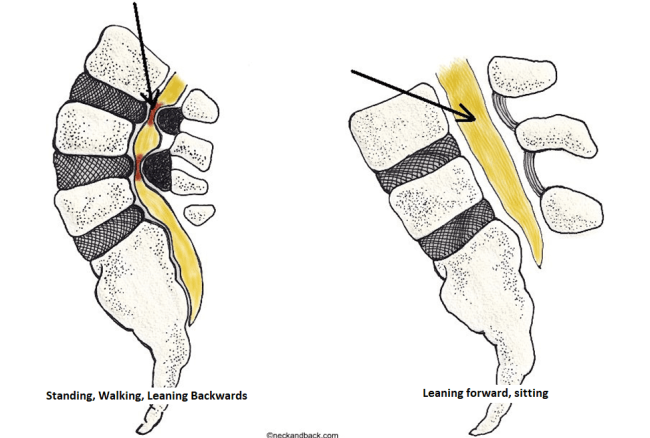
If spinal stenosis is degenerative, what can you do for me?
For patients that have spinal stenosis and are symptomatic, our treatment focuses on reducing pain as well as restoring function. This treatment includes manual hands-on treatment, exercise and modalities as needed. The exercises we do are flexion based, otherwise known as forward bending of the back. These exercises include range of motion, stretching and strengthening of the core and hips. In addition, we provide patient education with tips on sleeping position, activity modifications and what to avoid. The biggest emphasis is on avoiding spinal flexion, otherwise known as backwards bending. At Rye Physical Therapy we are also trained in Dry Needling techniques that many patients with stenosis find to be extremely beneficial for pain management. The goal of all our treatment interventions is to reduce irritation of both the spinal cord and nerves thereby reducing your symptoms.
What other treatment options are there?
In addition to physical therapy, patients can pursue medical interventions including oral medication and/or corticosteroid injections as well as surgical intervention if needed. Oftentimes, patients are managed with a multimodal approach where we combine multiple interventions.
Have you been diagnosed with lumbar stenosis? Or are you experiencing symptoms similar to the ones described above? Please give us a call at Rye Physical Therapy for an evaluation to discuss what you are experiencing and talk about how we can help you achieve your goals!
References:
https://www.ncbi.nlm.nih.gov/books/NBK430872/
https://www.welcomebackclinic.com/blog/Lumbar-Spinal-Stenosis-and-Neurogenic-Claudication.htm
https://pubmed.ncbi.nlm.nih.gov/34978252/
